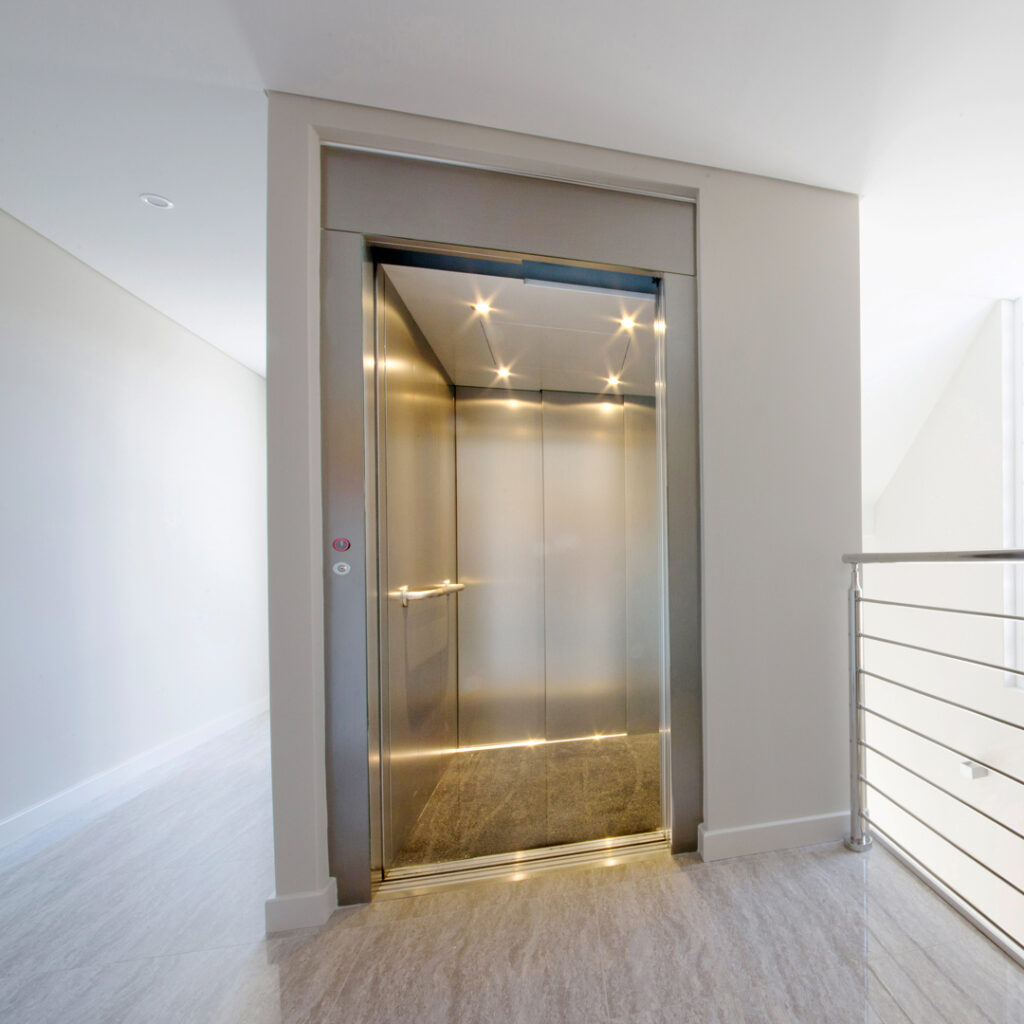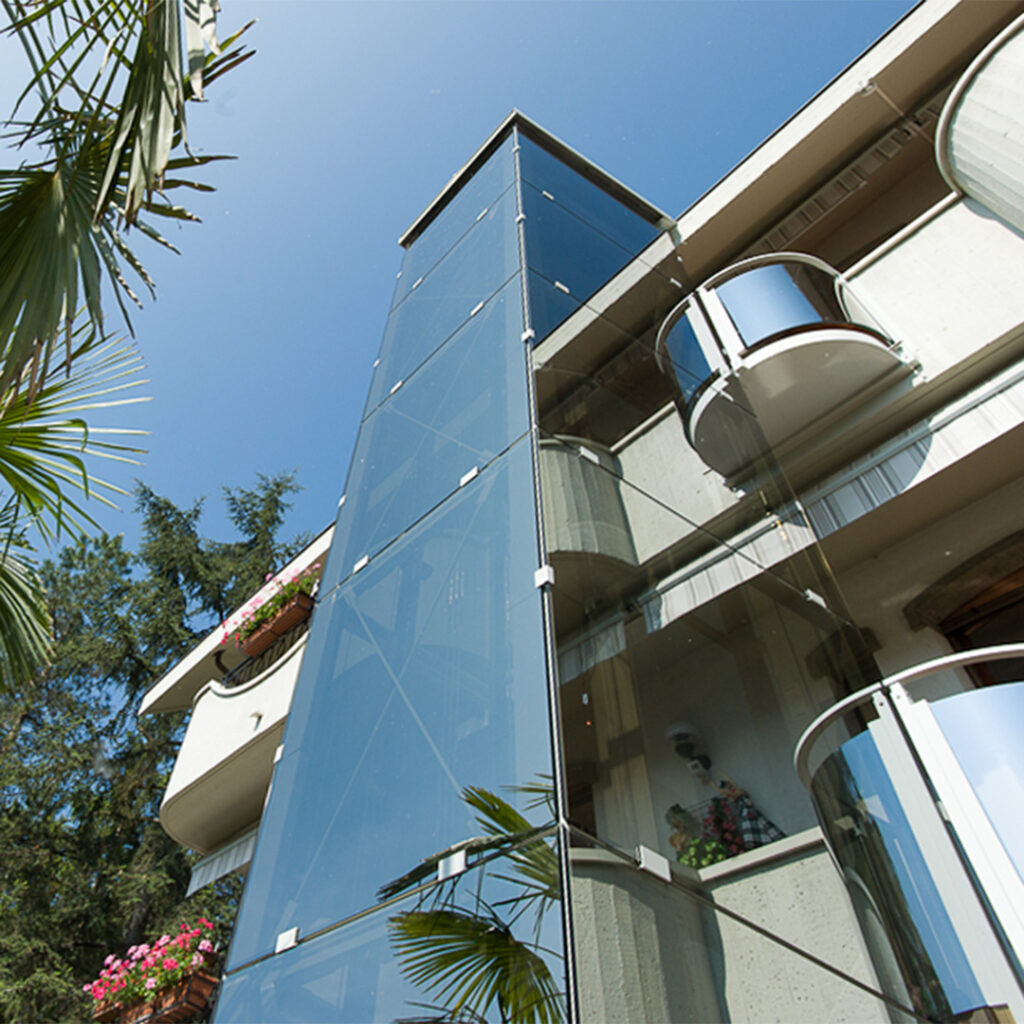Although home elevators represent the ideal alternative to ensure vertical mobility in every apartment building, there are a few tricks and bonuses to amortise the expense and reduce the price of homelifts. Here is everything you need to know.
Many apartment buildings are finally getting an elevator system. Thanks to the implementation of new technologies, the elimination of architectural barriers is no longer a luxury. However, many may be particularly frightened by the total price. So, how can the cost be amortised or reduced?
Let’s start by saying that the cost of homelifts depends on the condition of the building, the need for any additional masonry work, the model chosen and the preferred finish. The height of the apartment building is also important: it is understandable that a homelift for one floor will cost less than one that has to travel four or five stops.
If there is little you can do about the height of the building, you can certainly do something about many other aspects. Let us find out together.
Building works and accessories
The cheapest lift is one that can be installed in specific places of the building. If a dedicated space is to be created, a metal structure must be installed in order to allow the car movement. This should be anchored to a load-bearing wall and has a certain cost. When internal spaces are not suitable, it may be a good idea to install an outdoor homelift.
The customisation factor is also very important: the panels used for the metal structure, the type of cabin and the type of door heavily influence the final cost. Accessories may also have a significant cost, such as security systems to prevent outsiders from using the homelift.


Hydraulic or electric?
While considering the purchase of a homelift, the choice between hydraulic or electric systems is crucial. The hydraulic version has a much lower installation price as it does not require certain mechanical parts, but intensive use tends to increase electricity cost. On the other hand, traditional electric systems cost a little more but will allow you to save on electricity and maintenance, which is why they are recommended for more frequent use.
State bonuses and increase in house value
The homelift is officially recognised as a tool to overcome architectural barriers. Therefore, it is possible to save significantly by obtaining the dedicated tax deductions and bonuses.
Weighing up the pros and cons, it is fundamental to consider that, on average, homelifts increase the value of the property by 20 per cent, representing a significant advantage in case of an imminent sale or lease.